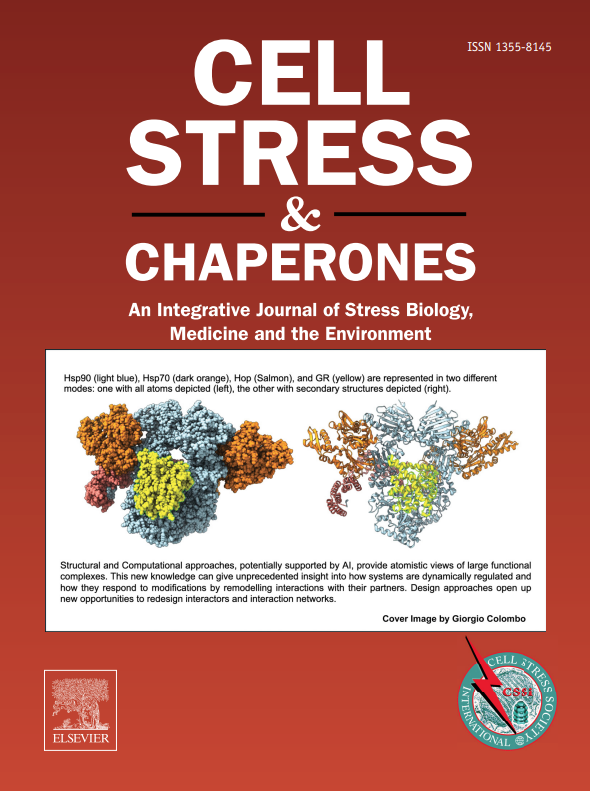H2A-H2B特异性植物组蛋白伴侣的结构-功能关系
IF 3.2
3区 生物学
Q3 CELL BIOLOGY
引用次数: 0
摘要
染色质结构和功能的研究重新受到人们的关注。组蛋白伴侣是染色质组织中的重要角色。它们在转录、DNA 复制、DNA 修复、DNA 重组和表观遗传调控等重要核功能中发挥着重要作用,主要是通过协助组蛋白穿梭和核小体组装/解体等过程。与其他真核生物一样,植物也具有高度协调和动态的染色质组织。与其他生物相比,植物的组蛋白伴侣同族异构体似乎更多。由于其中一些是植物所特有的,它们一定是为了执行植物所特有的功能而进化的。然而,人们对植物组蛋白伴侣的结构特征及其结构与功能的关系似乎了解甚少。对植物组蛋白伴侣的研究对于了解它们在植物染色质组织中的作用以及植物如何在胁迫条件下做出反应至关重要。本综述涉及植物组蛋白伴侣蛋白家族的结构和功能方面,特别是那些与 H2A-H2B 结合的组蛋白,即核小体组装蛋白(NAP)、核蛋白素(NPM)和促进染色质转录(FACT)。在此,我们还介绍了这些植物组蛋白伴侣与现有组蛋白伴侣结构的比较分析。本综述希望能激发研究人员的兴趣,在植物染色质及相关组蛋白伴侣领域开展进一步的研究。本文章由计算机程序翻译,如有差异,请以英文原文为准。
Structure-function relationship of H2A-H2B specific plant histone chaperones
Studies on chromatin structure and function have gained a revived popularity. Histone chaperones are significant players in chromatin organization. They play a significant role in vital nuclear functions like transcription, DNA replication, DNA repair, DNA recombination, and epigenetic regulation, primarily by aiding processes such as histone shuttling and nucleosome assembly/disassembly. Like the other eukaryotes, plants also have a highly orchestrated and dynamic chromatin organization. Plants seem to have more isoforms within the same family of histone chaperones, as compared with other organisms. As some of these are specific to plants, they must have evolved to perform functions unique to plants. However, it appears that only little effort has gone into understanding the structural features of plant histone chaperones and their structure-function relationships. Studies on plant histone chaperones are essential for understanding their role in plant chromatin organization and how plants respond during stress conditions. This review is on the structural and functional aspects of plant histone chaperone families, specifically those which bind to H2A-H2B, viz nucleosome assembly protein (NAP), nucleoplasmin (NPM), and facilitates chromatin transcription (FACT). Here, we also present comparative analyses of these plant histone chaperones with available histone chaperone structures. The review hopes to incite interest among researchers to pursue further research in the area of plant chromatin and the associated histone chaperones.
求助全文
通过发布文献求助,成功后即可免费获取论文全文。
去求助
来源期刊

Cell Stress & Chaperones
生物-细胞生物学
CiteScore
7.60
自引率
2.60%
发文量
59
审稿时长
6-12 weeks
期刊介绍:
Cell Stress and Chaperones is an integrative journal that bridges the gap between laboratory model systems and natural populations. The journal captures the eclectic spirit of the cellular stress response field in a single, concentrated source of current information. Major emphasis is placed on the effects of climate change on individual species in the natural environment and their capacity to adapt. This emphasis expands our focus on stress biology and medicine by linking climate change effects to research on cellular stress responses of animals, micro-organisms and plants.
 求助内容:
求助内容: 应助结果提醒方式:
应助结果提醒方式:


